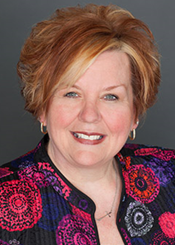
“The Decorative Arts Center of Ohio is important to everyone in Ohio for what you bring to us,” she says. “When I come to the exhibitions, I get to see things I have never seen before, things that may not be available to me any other way.”
Collins advocates for state funding for arts organizations like DACO so that residents of all ages can benefit from educational programming. “It’s an important story to tell policymakers that we have such a renowned institution in Lancaster that has such historical relevance,” she says. “The beauty and grandeur of the physical building is fantastic.”
Arts education is a significant portion of the Ohio Arts Council annual budget.
“We spend about $3 million of a $17 million budget on arts education and we are hoping that the programs that we fund are the programs you are doing,” she said of DACO. That’s important for children especially who may not have access to the arts in their communities.
“For our K-12 kids, arts happening at DACO supplements what happens in the school,” Collins says. “In some communities, there is limited access for children, but with organizations like DACO, it’s seen by the entire community as a partnership that is important and changes lives.”
The mission of the Ohio Arts Council closely aligns with that of DACO, and focuses on providing quality arts experiences and strengthening Ohio culturally. “It’s all about the engagement of our communities through the arts,” Collins says. “Our four pillars of our strategic plan are to invest, lead, innovate and engage.”
With the support of the Ohio Arts Council through ongoing collaboration and critical funding, DACO will continue to engage the community with innovative exhibitions, offer imaginative arts education curriculum and showcase historic collections central to our mission.
“I think that the Reese-Peters House is a gem and a place of prominence in our state, and it’s something we can all be proud of,” Collins says. “The arts council is proud to invest public dollars to help fund your success.”

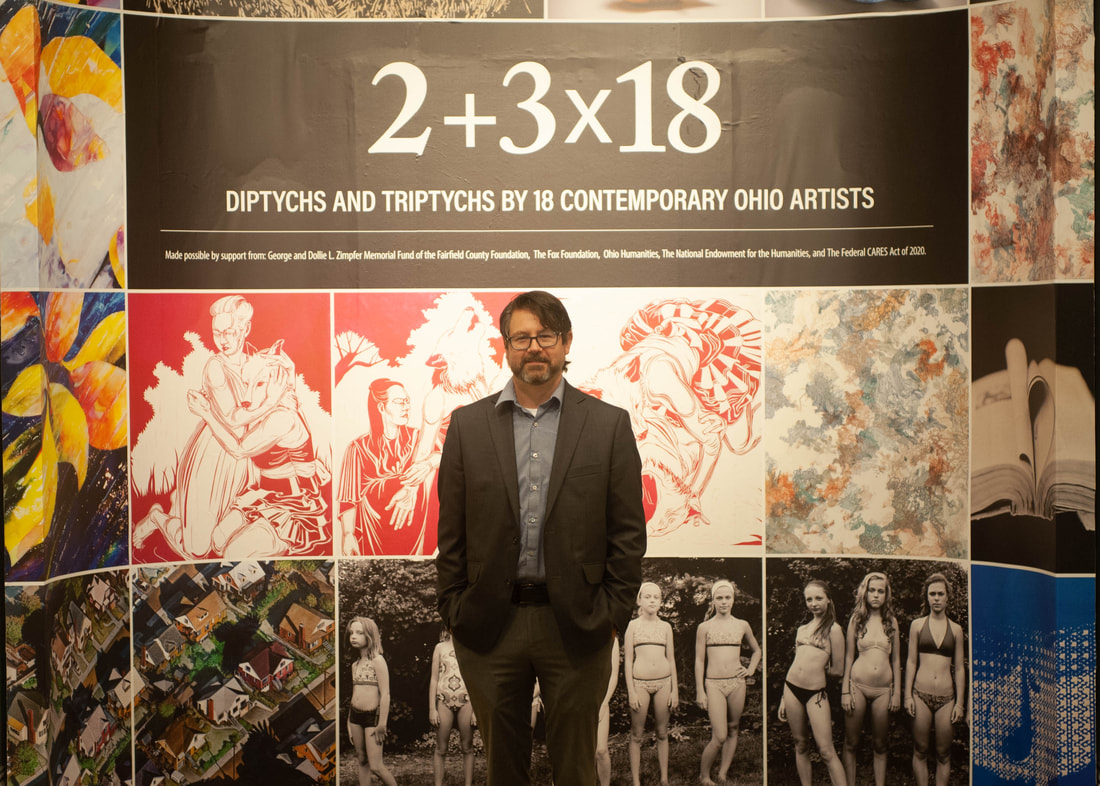
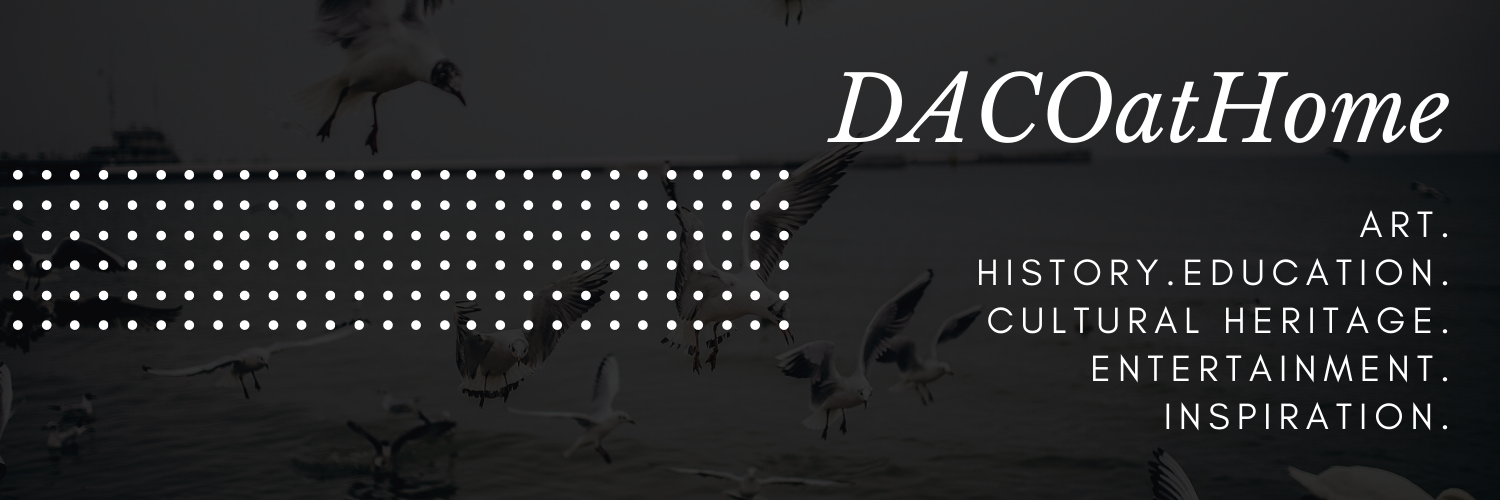

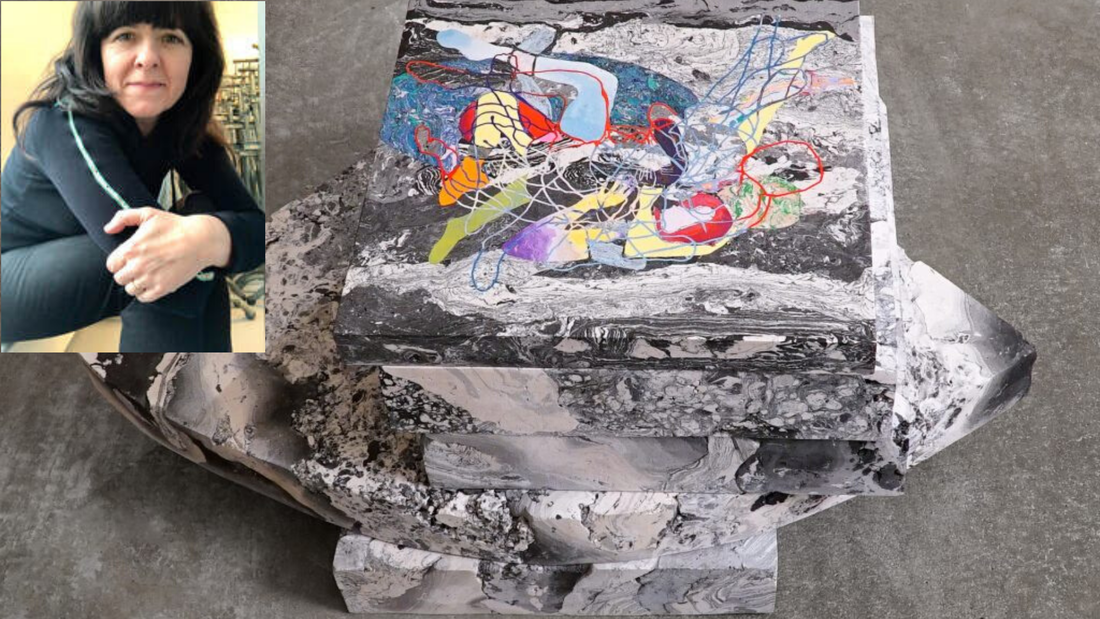
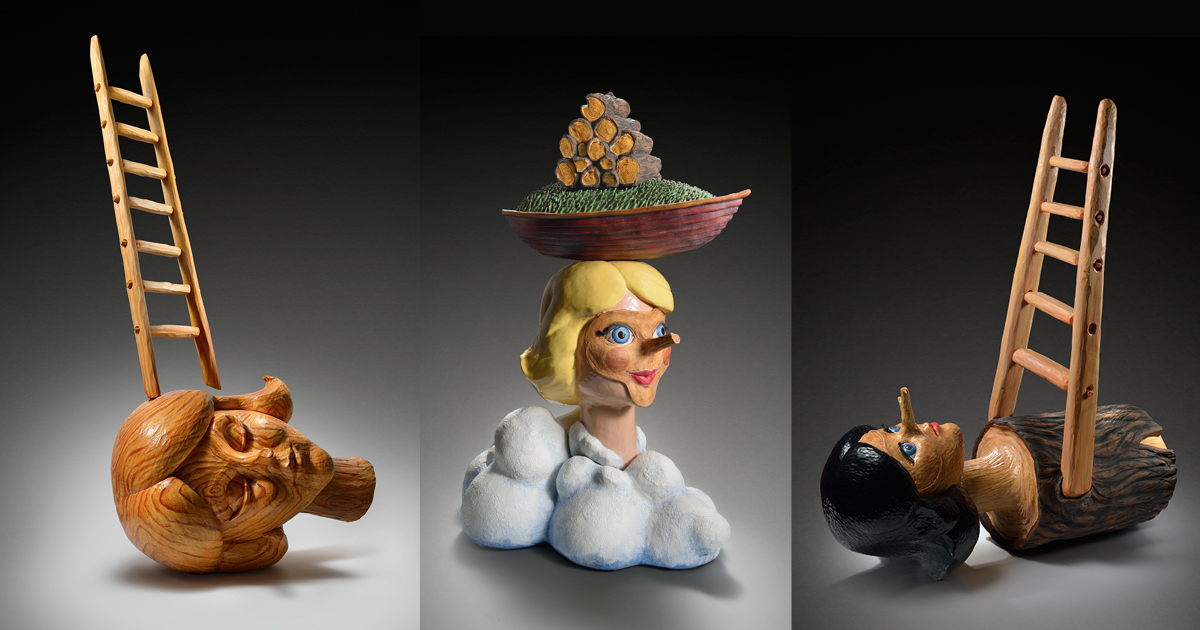
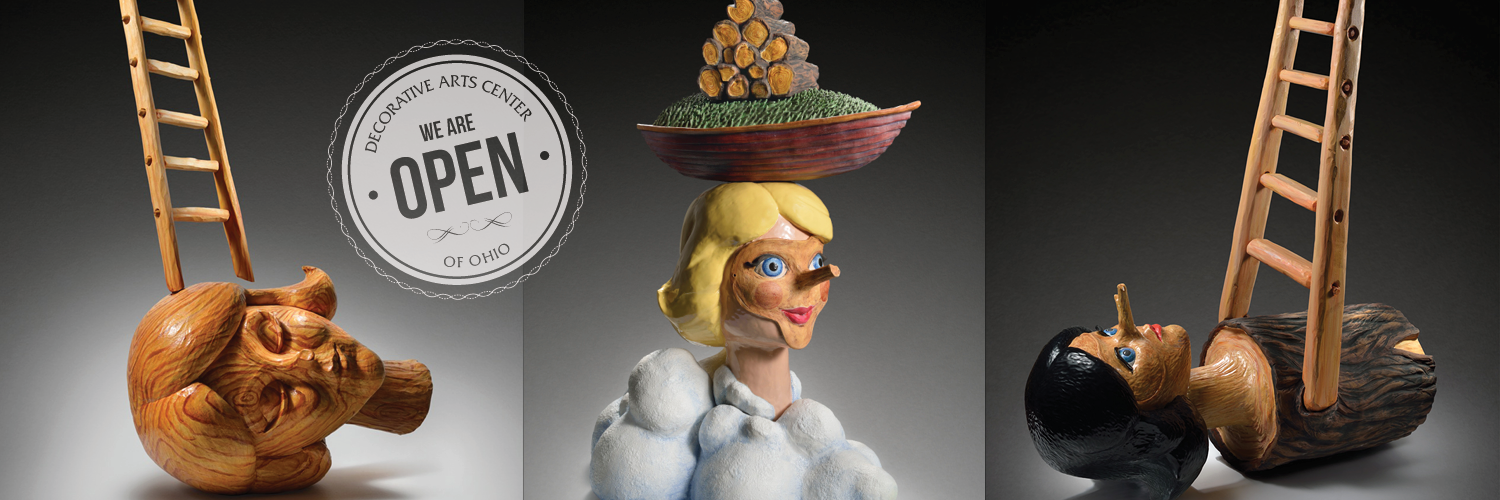
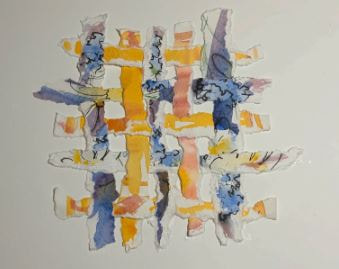

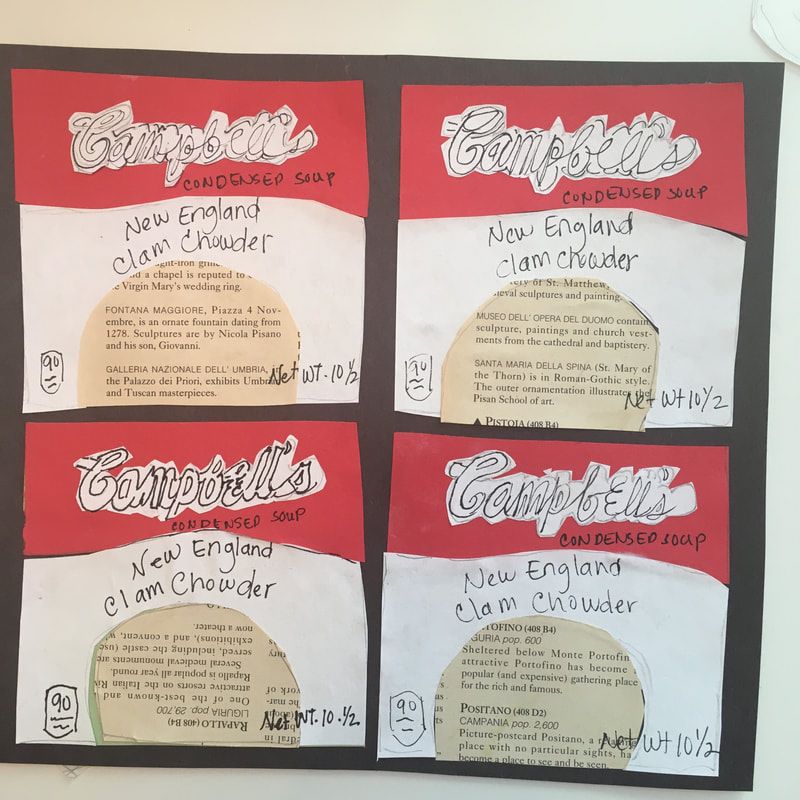
 RSS Feed
RSS Feed